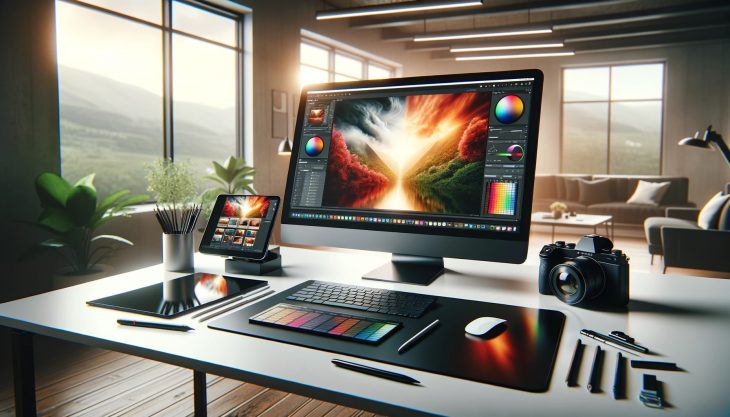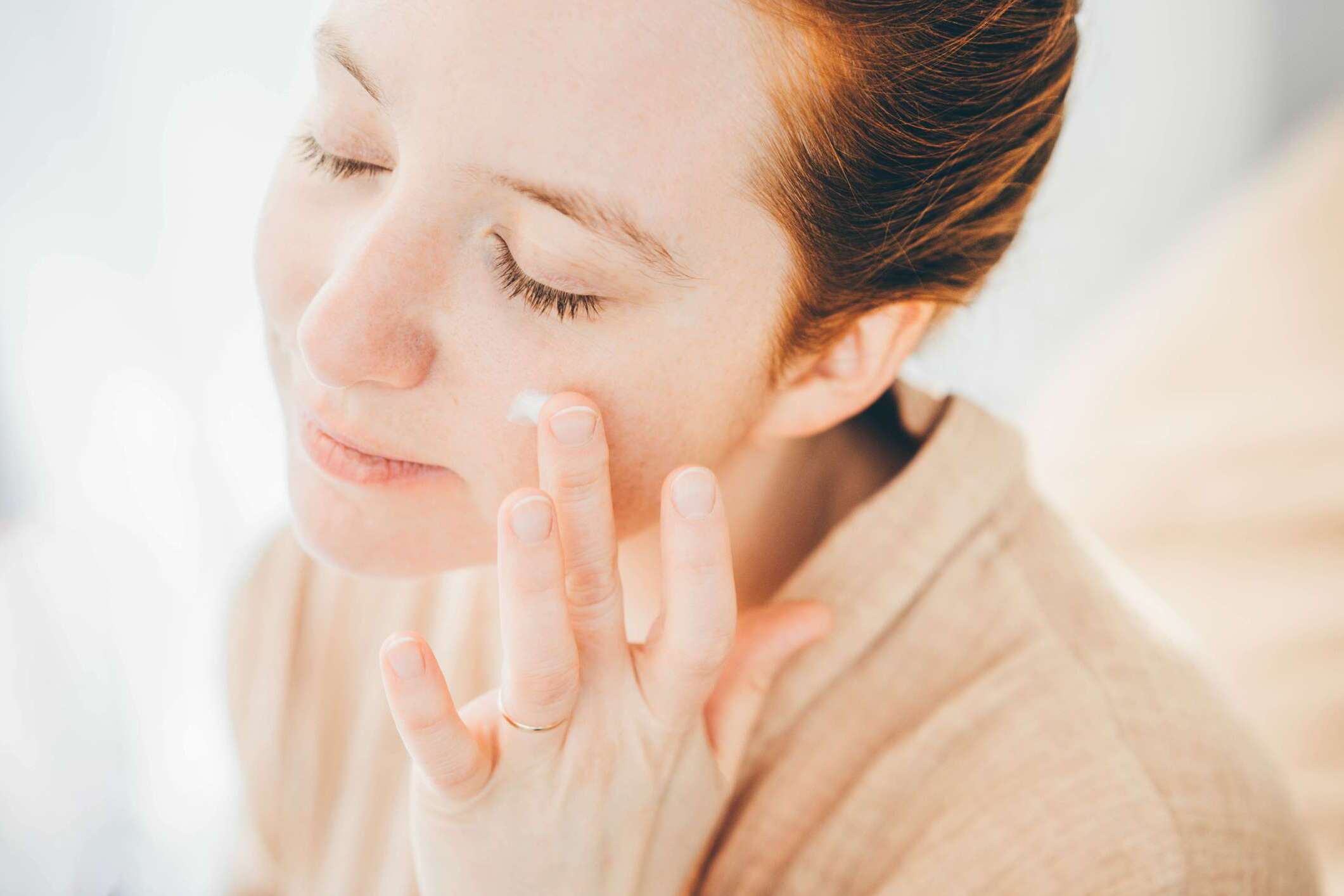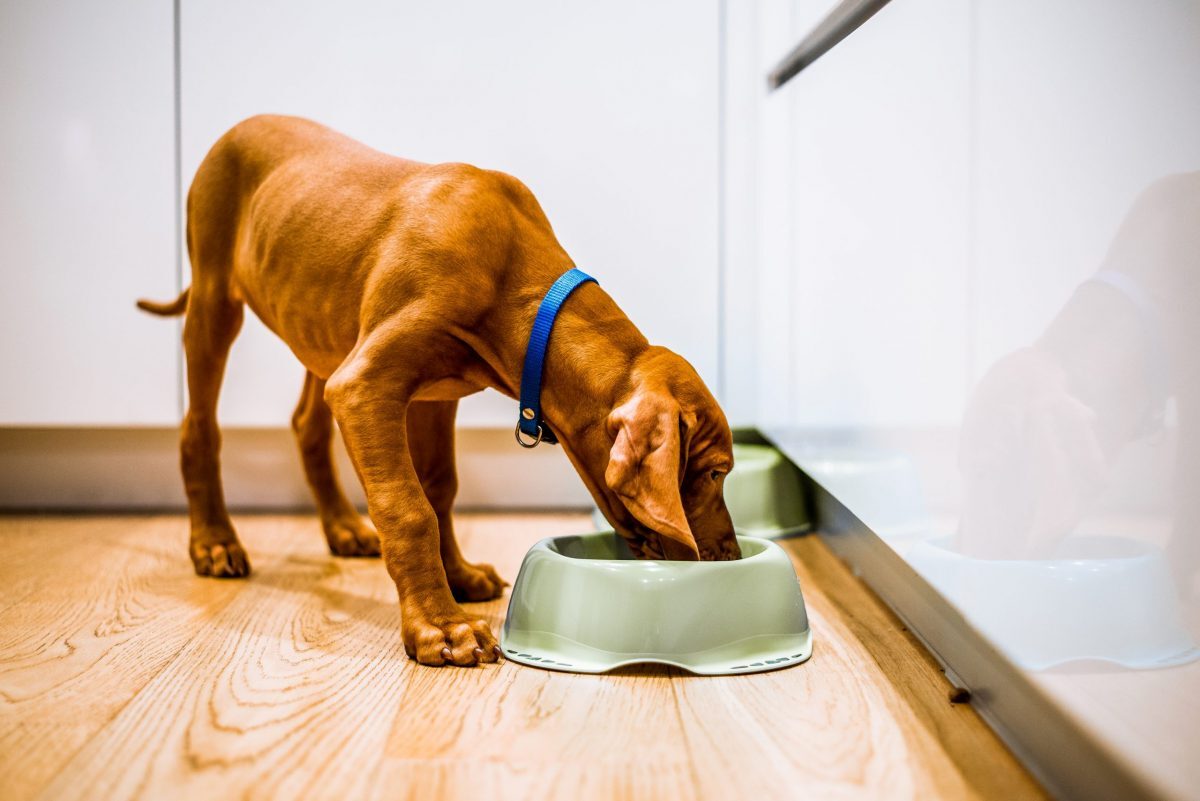
The photography realm develops rapidly, actively incorporating more and more technological advancements into the creative process. The role of using artificial intelligence for photography cannot be underestimated; it caused a real revolution in many photography styles and genres. AI made photography more accessible and efficient and allowed artists to trespass the boundaries of reality when it came to creative expression.
This article provides five mind-blowing facts about AI and photography, illustrating the profound impact and potential of AI for photographers.
1. Adobe Unleashes Creative Boundaries with AI Photo Extender
One of the primary functions of AI photo editors is extending images. Photography became much more than transmitting what a photographer sees to the audience. Releasing their creative potential, photographers are no longer limited to the boundaries of reality, visualizing and depicting what they could have seen.
One of the pioneers in image extending with AI was Adobe Photoshop’s Content-Aware Fill tool, which was launched in 2018. It allowed users to remove unwanted elements from a photograph easily, and AI algorithms would automatically fill the space with texture, detail, and color matching the surrounding area.
Nowadays, image extension is more than filling empty spaces; it is a tool for recreating and transforming the visual without risking losing its natural beauty.
2. ‘Edmond de Belamy,’ First AI-Generated Portrait, Achieves Auction Milestone
The first AI-generated portrait is considered to be Edmond de Belamy, generated in 2018 by Obvious, a Paris-based collective of artists and researchers. The image was produced using a type of AI called Generative Adversarial Networks (GANs), developed by Ian Goodfellow and his colleagues in 2014. GANs involve two neural networks, one generating images and the other evaluating them, working together to produce increasingly refined results. The goal was to explore how AI could be used not just as a tool for enhancing or altering photographs but as a creator of original artworks that could exist independently of human artists.
“Edmond de Belamy” was generated to demonstrate AI’s creative capabilities, blurring the lines between technology and traditional artistry. This AI-generated portrait was auctioned at Christie’s, one of the world’s most renowned auction houses, where it was sold for $432.500. For those interested in viewing “Edmond de Belamy,” the portrait is available online through various art and technology news outlets that cover its auction and sale.
3. Artists Launch Copyright Battle Against AI Software Developers
Artists Sarah Anderson, Kelly McKernan, and Karla Ortiz filed the putative class action in January 2023 on behalf of themselves and other artists to challenge the creators of the AI-based software Stable Diffusion. The plaintiffs alleged that the program developers trained the AI algorithms to identify their style and to create images similar to theirs.
The plaintiffs failed to provide the exact list of copyrighted images allegedly used by the defendants. Only one of the plaintiffs, Anderson, provided the registrations of their works that were allegedly used without permission. However, she needs to specify the artworks she believes to have been used. As for the other two, they were allowed to amend their complaint only if they provide registrations of what each of them is liable for.
4. AI Breathes New Life into History’s First Selfie and Iconic Portraits
We call AI in photography the technology of the future: adding a sunny sky in a picture taken under the rain or removing unwanted objects with tools like Skylum’s GenErase seemed unimaginable just a few years ago.
But artificial intelligence also helps us preserve our memories and relive them anew. For example, the Instagram and YouTube pages of Mystery Scoop are specifically devoted to restoring and colorizing photos and artworks, some of which are more than 200 years old.
The Mystery Scoop team usually works with portraits of famous people from the past, such as Abraham Lincoln, introducing them to us from a new perspective. The restorers also worked on the photo known as the first selfie ever taken ー the portrait of Robert Cornelius from 1839.
5. AI-Generated Image Wins a Contest
In March 2023, Boris Eldagsen sent the photo titled “PSEUDOMNESIA: The Electrician” to the Sony World Photography Awards and won. However, the artist from Berlin refused to accept the award since the black and white picture was not taken by him but generated using creative prompting.
Eldagsen explained that his application aimed to determine whether the world is ready for AI-generated images to enter this kind of creative competition. The result shows that there is still a lot to work on. The artist specifies that AI generators provide creative freedom for artists and photographers. Still, the results of such creative work, if there is no knowledge and practical experience behind it, would not make any significant impact.
Conclusion
These five instances collectively showcase the dual nature of artificial intelligence in photography: a tool for unprecedented creativity and a catalyst for complex debates around copyright, originality, and the essence of human versus machine-made art. As we stand at this crossroads, the future of artificial Intelligence and photography promises even more groundbreaking developments. Photographers, artists, and legal experts alike must navigate these waters with a sense of responsibility and openness to the possibilities that AI brings.
FAQs
Will AI Replace Photographers?
A machine can only enhance different aspects of photography but cannot replicate a human’s creative vision. Cyber brains should be viewed as tools to amplify the creativity and the emotional depth photographers bring to their work.
Can AI-Generated Art Be Considered Original?
AI-generated art leverages vast datasets and algorithms to create something new, which some argue is a form of originality. However, the human input in curating datasets and defining parameters often guides the creative process.
How Does AI Help Photographers?
AI helps with learning and skill enhancement in photography. By automating certain tasks, it allows photographers to focus on creative aspects and experiment with new techniques. Additionally, AI-driven analysis and suggestions can offer new perspectives and insights, helping photographers refine their style and approach.
Was this page helpful?
Our commitment to delivering trustworthy and engaging content is at the heart of what we do. Each fact on our site is contributed by real users like you, bringing a wealth of diverse insights and information. To ensure the highest standards of accuracy and reliability, our dedicated editors meticulously review each submission. This process guarantees that the facts we share are not only fascinating but also credible. Trust in our commitment to quality and authenticity as you explore and learn with us.


